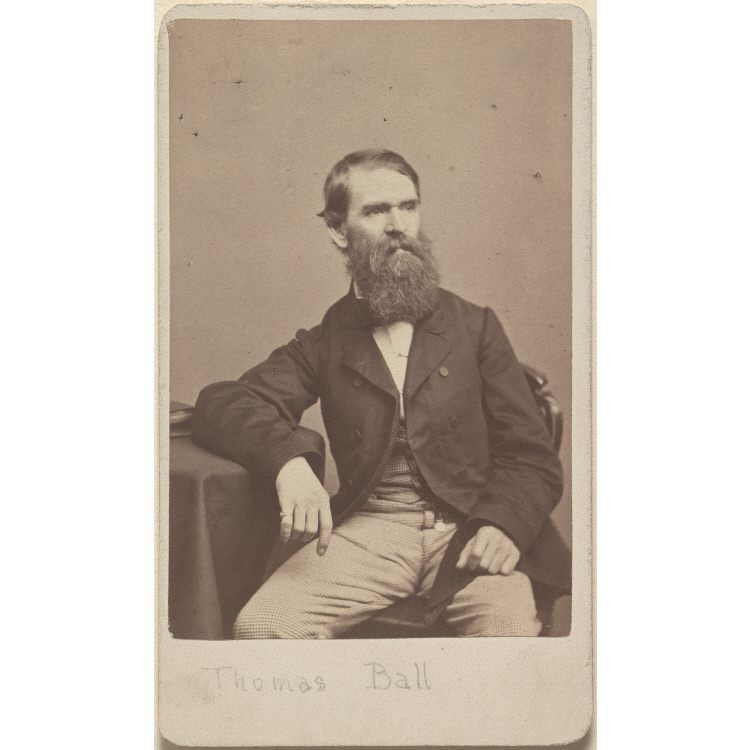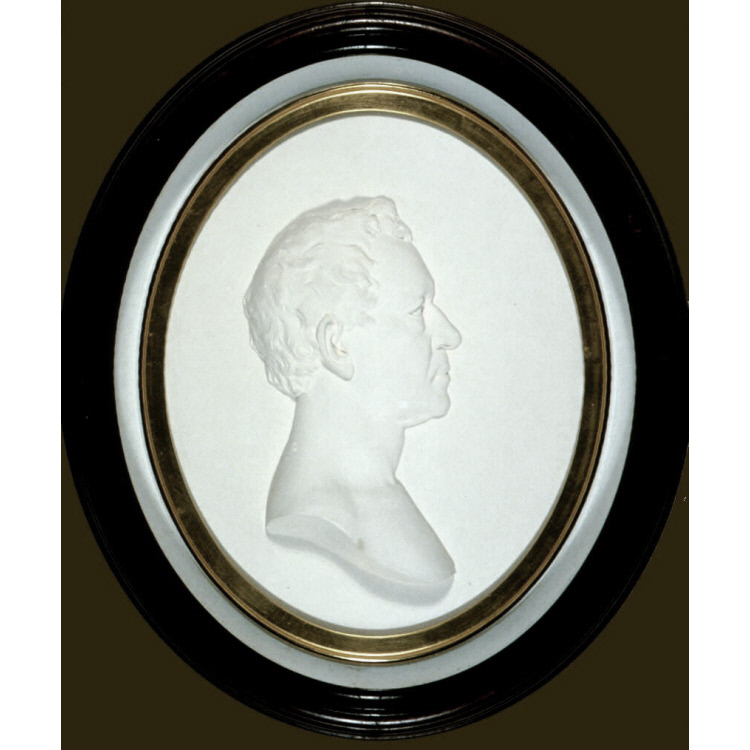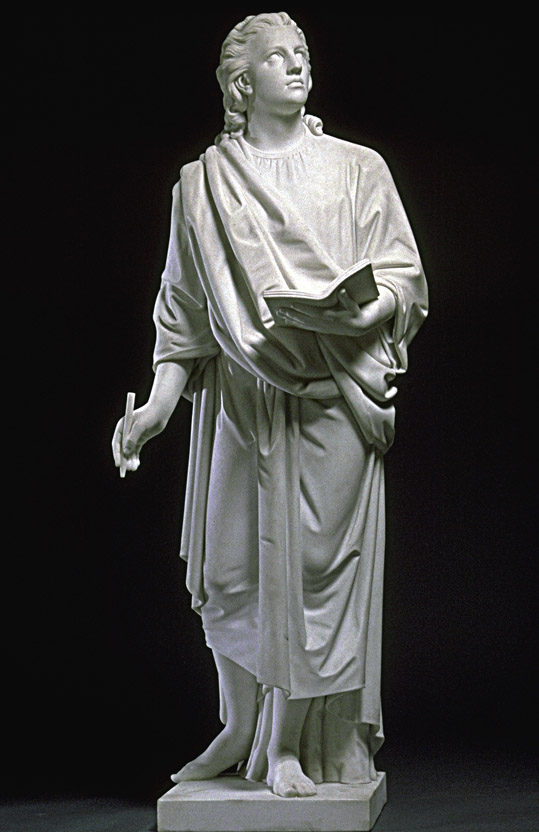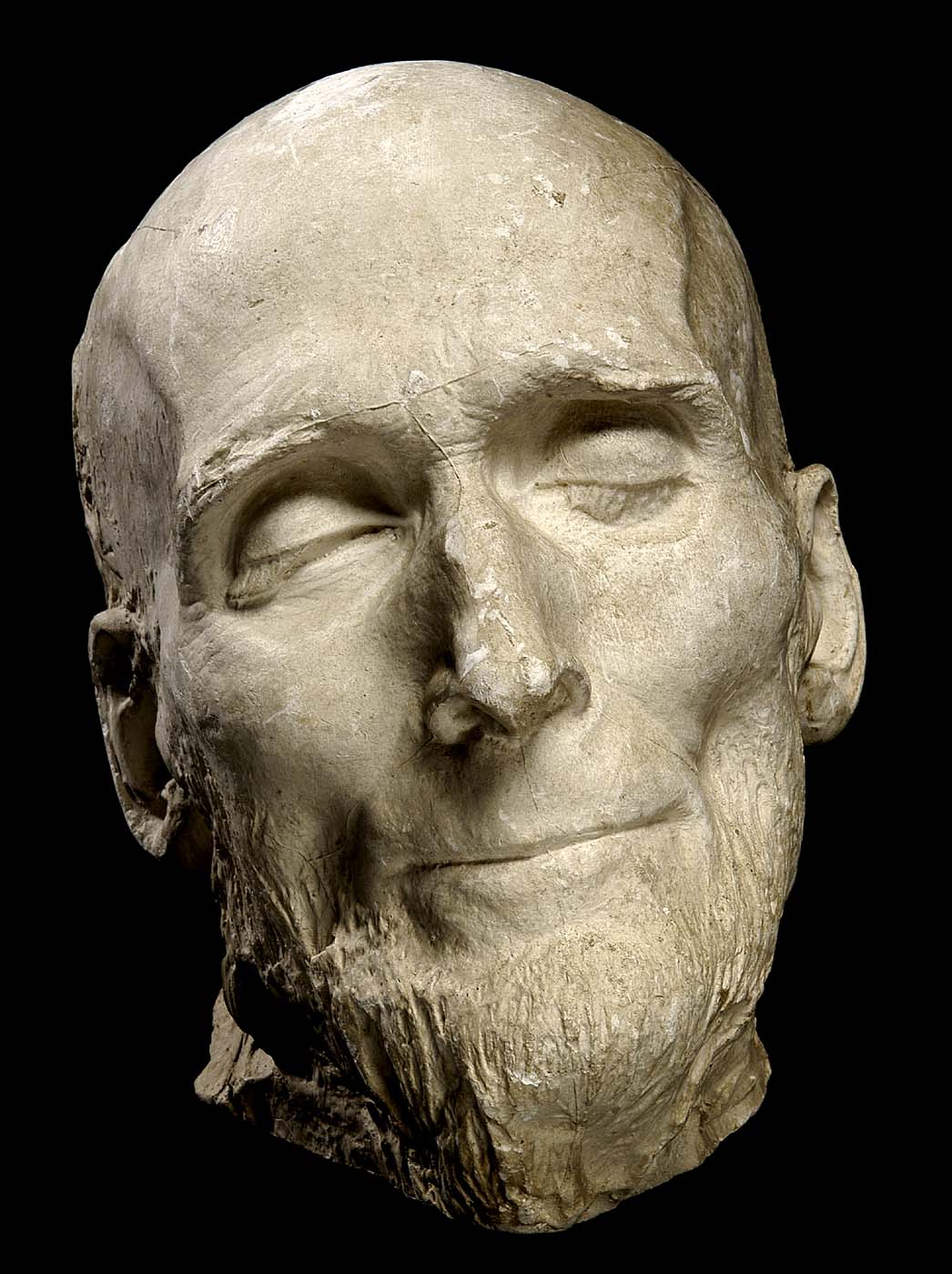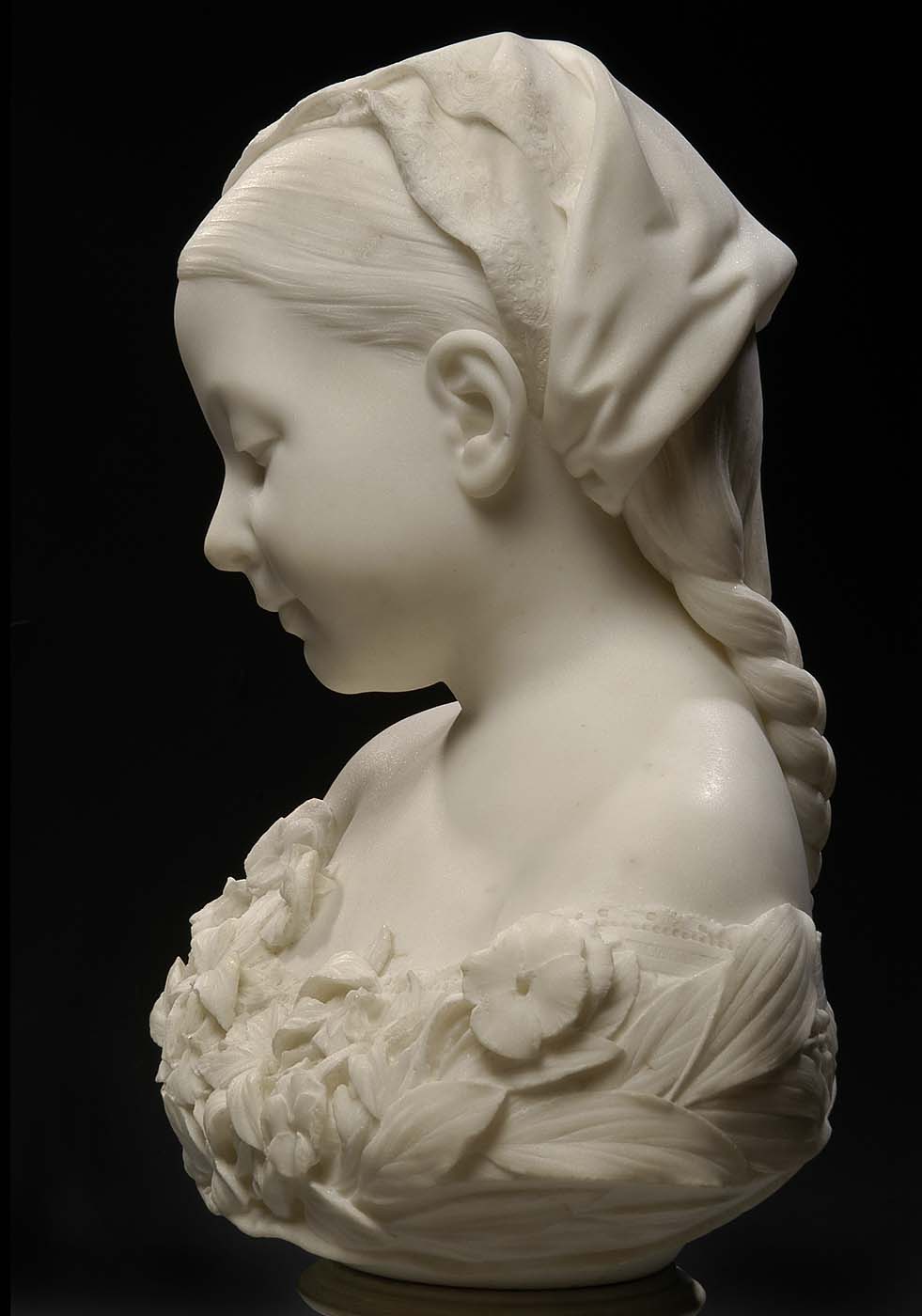Thomas Ball
Ball rose to prominence as the growing United States sought to commemorate its civic heroes in public spaces as well as in the home. Although he is best known for his larger-than-life equestrian statue of George Washington in the Boston Public Garden, Ball was also one of the first American sculptors to patent and cast in bronze affordable domestic statuary. He made a career of portraying statesmen and historical figures, rendered in a naturalistic style somewhere between the inexpensive, moralizing sculpture groups cast in plaster by John Rogers and the high-style neoclassical marbles of Thomas Crawford and Hiram Powers. Ball was born in Charlestown, Massachusetts. The son of a house and sign painter, he served a brief apprenticeship with the Boston engraver Abel Brown before opening his own studio as a miniaturist and portrait painter. Soon after, Ball gave up his easel, distracted by a romantic disappointment and, according to legend, transferred his attention to a lump of clay. He found his calling and relocated to Italy. Although Ball made periodic trips back to the states, and his work was included in such major exhibitions as the 1893 World's Columbian Exposition in Chicago, he remained an expatriate until 1897, when he moved to Montclair, New Jersey.
William H. Truettner and Roger B. Stein, editors, with contributions by Dona Brown, Thomas Andrew Denenberg, Judith K. Maxwell, Stephen Nissenbaum, Bruce Robertson, Roger B. Stein, and William H. Truettner Picturing Old New England: Image and Memory (Washington, D.C.; New Haven, Conn; and London: National Museum of American Art with Yale University Press, 1999)> (Washington, D.C.; New Haven, Conn; and London: National Museum of American Art with Yale University Press, 1999
